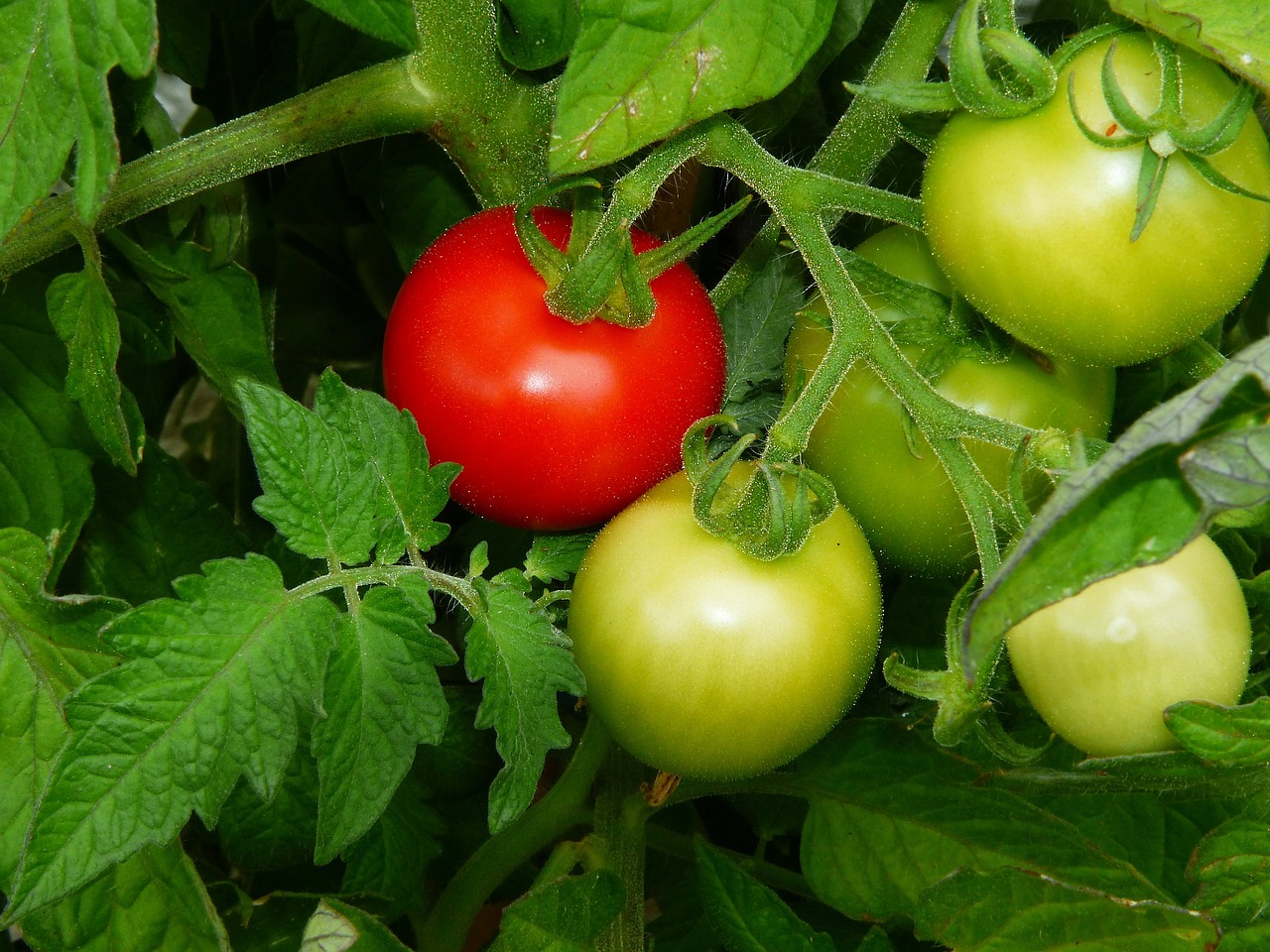Tomatoes are a favorite in many gardens due to their delicious fruits and the variety of ways they can be used in cooking. However, to get the best yield and healthiest plants, pruning is essential. Pruning tomato plants involves removing certain parts of the plant to improve air circulation, reduce disease risk, and encourage the plant to direct its energy toward producing fruit. This guide will provide you with ten essential tips for effective tomato pruning, ensuring you enjoy a bountiful harvest.
10 Tips in Pruning Tomato Plants
1. Understand the Types of Tomato Plants
Before you start pruning, it’s important to know whether you’re dealing with determinate or indeterminate tomato plants. Determinate tomatoes grow to a certain size, produce all their fruit at once, and then stop growing. They require minimal pruning. Indeterminate tomatoes, on the other hand, continue growing and producing fruit throughout the season and benefit more from regular pruning.
Knowing the type of tomato plant you’re growing helps tailor your pruning efforts. For determinate varieties, you might only need to remove suckers below the first flower cluster. Indeterminate varieties, however, will require more consistent attention to manage their growth and maximize fruit production.
2. Start Early
Begin pruning your tomato plants when they are young, around 6-12 inches tall. Early pruning helps shape the plant and encourages strong stem growth. At this stage, remove any suckers that appear in the crotch between the stem and branches.
Starting early means your plant will develop a strong framework, supporting better fruit production later. Regular pruning from a young age also makes it easier to manage the plant’s growth as it matures, ensuring it remains healthy and productive.
3. Remove Suckers
Suckers are the small shoots that grow between the main stem and the branches of the tomato plant. Removing them helps focus the plant’s energy on fruit production rather than excess foliage. Use clean, sharp pruning shears or your fingers to pinch off these suckers.
While some gardeners prefer to leave a few suckers to create a bushier plant, removing most of them generally results in larger, healthier fruits. Keep an eye on your plants regularly to catch suckers early, as they can grow quickly and divert energy from fruit development.
4. Prune for Better Air Circulation
Good air circulation is crucial for preventing fungal diseases like blight. Remove the lower leaves and branches that touch the ground to reduce the risk of disease. Ensure that the center of the plant is not overly dense, which allows air to flow through freely.
By thinning out the plant, you not only reduce the likelihood of disease but also make it easier for pollinators to reach the flowers. This improved air flow and access can lead to a healthier plant overall and more consistent fruit set.
5. Support Your Plants
Proper support is essential for tomato plants, especially indeterminate varieties that can grow very tall. Use stakes, cages, or trellises to keep the plants upright. As you prune, tie the main stems to the support structure to prevent them from falling over.
Supporting your plants helps keep them off the ground, reducing the risk of pests and diseases. It also makes harvesting easier and helps the plant allocate more energy to fruit production instead of sprawling growth.
6. Prune Regularly
Regular pruning is key to maintaining healthy tomato plants. Check your plants weekly and remove any new suckers, damaged leaves, or overly dense foliage. Consistent attention prevents the plants from becoming overgrown and ensures they remain manageable.
Regular pruning also allows you to monitor your plants closely for signs of disease or pest problems, enabling you to address issues promptly. This proactive approach leads to healthier plants and a more abundant harvest.
7. Clean Your Tools
Using clean pruning tools is crucial to prevent the spread of diseases between plants. Sterilize your pruning shears with rubbing alcohol or a bleach solution before and after each use. This practice is especially important if you notice any diseased plants in your garden.
Dirty tools can easily transfer pathogens from one plant to another, leading to widespread issues in your garden. Keeping your tools clean helps ensure each plant remains as healthy as possible, reducing the overall disease burden.
8. Remove Yellowing Leaves
Yellowing leaves often indicate that they are no longer contributing to the plant’s growth and can be removed. These leaves can be a source of disease, so it’s best to prune them away. Focus on removing yellowing leaves from the lower parts of the plant.
By removing yellowing leaves, you help the plant conserve energy and reduce the risk of disease. This also improves the overall appearance of your plants, making it easier to spot any new issues that may arise.
9. Top Your Plants
Topping involves cutting off the growing tip of the main stem. This technique is useful towards the end of the growing season to stop the plant from producing more flowers and instead focus on ripening the existing fruit. Cut the top of the plant about a month before the first expected frost.
Topping can help ensure that the fruits already on the plant reach maturity before the growing season ends. This method is particularly beneficial in regions with shorter growing seasons, allowing you to maximize your harvest.
10. Observe and Adjust
Every garden is different, and what works for one gardener may not work for another. Observe your plants closely and adjust your pruning techniques as needed. Pay attention to how your plants respond and be willing to try different methods to see what works best for you.
Gardening is as much an art as it is a science, and learning to observe and respond to your plants’ needs is key to success. With time and experience, you’ll develop a pruning routine that works perfectly for your specific garden conditions.

